BE PREPARED!
Wilderness survival is a phrase that gets tossed around a lot, and the trend I’m hearing more and more, nowadays, is rewilding. Rewilding is getting back to Nature, as if we should ever have left. When you get out in the wilderness, whether it’s for camping, hiking, hunting, or fishing, or whatever your chosen activity is … BE PREPARED!
A lifetime of experiences in the Natural world, led me to the development of this system I call my, 10 Essentials for Wilderness Survival.
These 10 essentials are wilderness survival equipment.
My Early Years
My love and appreciation of the outdoors began long before I started school.
Sounds impressive, but not really, once you hear my story. I didn’t get up one day after my 4th birthday, throw a huge backpack over my shoulders, and head into the wilderness. No not me, … I waited until my father got home from work. My mother had already packed some things for us to cook over an open fire on the seashore, and this is how I got started.
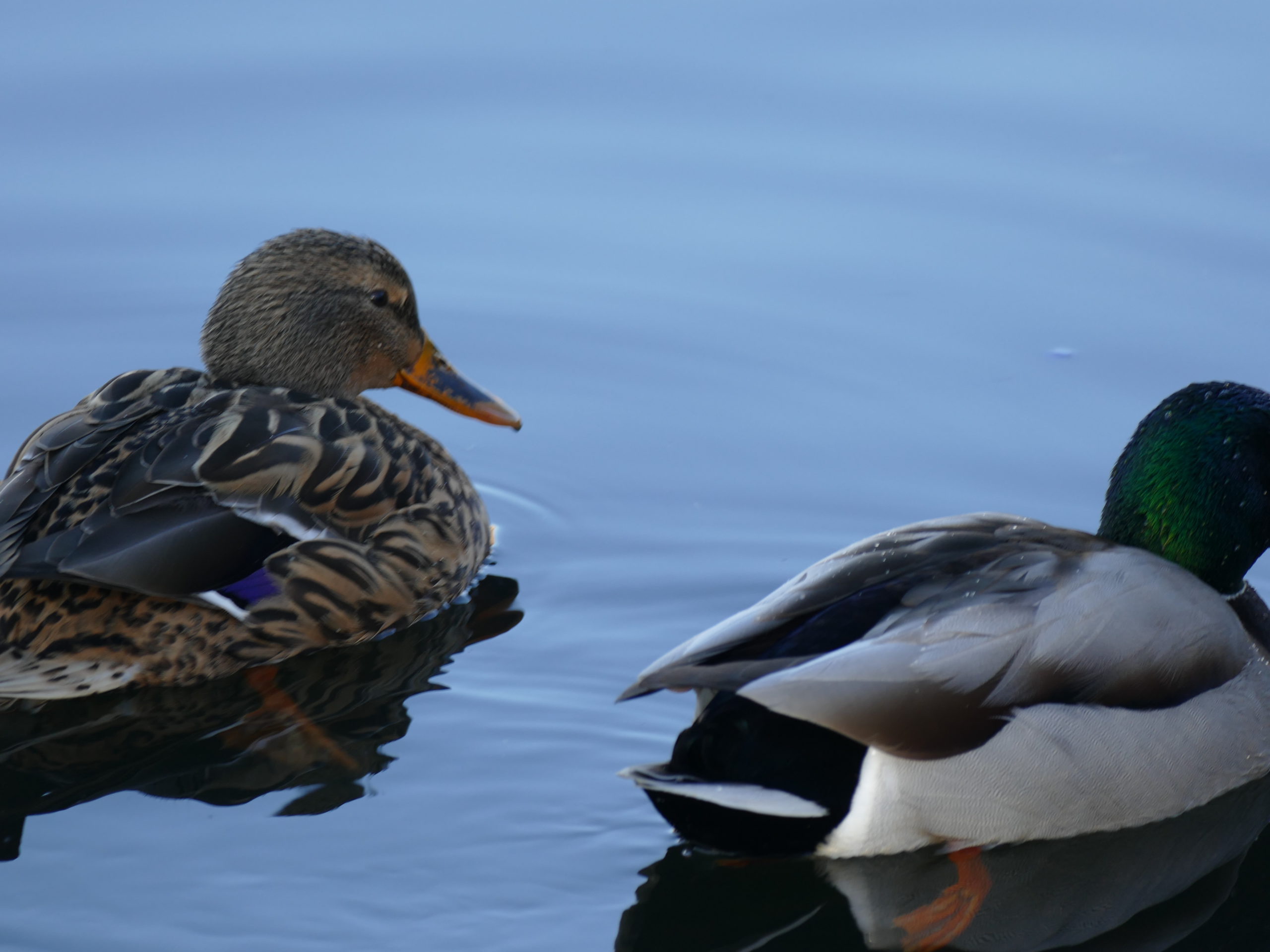
As I grew older, we spent more and more time in the outdoors. We dug for clams on the beach, and steamed them over an open fire. We fished, set nets, and speared fish. Later I hunted with my father. I was introduced to small game, like rabbits and ducks, and later my father introduced me to big game hunting. By the time I had reached my early teens, I was already going out on my own for short trips to places close to home, that we were going to quite regularly.
I grew up believing that all young kids grew up doing these things.
One day my uncle showed up at our house, with an old army haversack, as he called it, and said that I should put all my gear in it. Carrying my stuff on my back would be a lot easier, and a lot more more comfortable.
He was a surveyor and had grown up just like us, hunting and fishing. He was my father’s friend and of the same age, so I took his advice under my father’s watchful eyes.
I took to the outdoors like a duck to water.
This is the Wilderness Survival Equipment that I grew with. What it is and how to use it.
1. Shelter
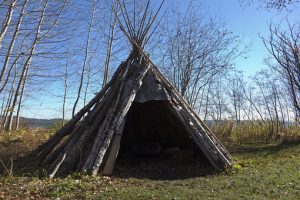
Shelter is my most important consideration.
Shelter is protection from the elements, and it can also be used to protect yourself from predators.
In my neck of the woods, I have to deal with rain, wind, and snow. The Coastal Mountains of British Columbia, Canada is one of my playgrounds.
I do visit many of the other regions in the province, and I make it up the province, south of 60 degrees North Latitude, a few times a year. I’m referring to the Cariboo-Chilcotin, and the Peace River district.
Since I spend a lot of my time in the Coastal Mountains, this is the of climate and weather patterns that I am the most familiar with.
I never leave my truck without my backpack. My backpack contains everything I need to survive in this wilderness for an extended period of time.
Today, I am an old man, … sometimes I tell myself that I am a mountain man, because it sounds kind of exotic and impressive.
Nature doesn’t really care how I think, but I have spent many nights alone in the mountains, sleeping in shelters that I have constructed myself. In my youth, I often went in the bush with very little consideration for shelter, especially in the warmer months, and especially when I knew the weather would be warm and dry.
Today, I always carry a 10′ x 10′ tarp, and an old army-style poncho. With some rope and string, and my small ax, I can build myself a wind and waterproof shelter in less than half an hour. I build my shelter into my surroundings, but most importantly, I build my shelter so that I can have my fire very close by, and not get smoked out of it, by the crazy mountain air currents that always enjoy playing with the smoke from my fire.
If you’re new to building shelters, you can always carry a commercially available emergency shelter. They are well worth their small weight and will be of great benefit if you have to spend a cold, rainy night in the wild.
In this way I can stay warm and dry. I can boil water and get something warm in my belly very quickly. As long as I’m warm and dry, and I have a hot drink in my hands, … I’m a happy camper.
2. Fire
My first fire-making tools were wooden matches, … that’s how long I’ve been building fires. These were the same wooden matches that my mother used to light our wood stove.
Today I start most of my fires with a see-through BIC lighter. I carry a magnesium fire starter, and a ferrocerium rod, but I seldom use them.
Every once-in-a-while, I practice my fire building skills with them. They are both excellent firestarters to carry in your survival kit.
Whenever I’m in the bush, I always carry a knife and a lighter, in the most secure pocket of my clothing.
These are my most basic essentials for survival. They are my most precious wilderness survival equipment.
Truth be told, I can start my fire before I dig into my bag for one of these 2 tools. I am a firm believer in having a backup for all my most important tools, and firestarters are definitely one of them.
3. A Knife
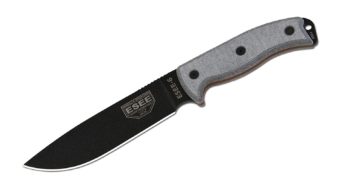
The knife is the most important tool for any wilderness survival kit.
If I could only carry one tool, … it would be the knife.
It is almost impossible to build a cutting tool in the wild, unless you have access to obsidian.
There are so many knives on the market today that it would take a lifetime to review them all.
My best suggestion is to carry 2 good knives. No toys here please!
The knife is my most important piece of wilderness survival equipment, bar none. If I could only have 1 tool, it would be a knife, … it is that valuable in the wilderness, especially if you know how to use it to your advantage.
One sturdy fixed blade, and one solid folding blade, are the cat’s meow.
Special Note! Remember that YOU have to carry all this “stuff”, so don’t build your kit of wilderness survival equipment, so heavy, that will require a horse or donkey to carry it.
You don’t need to bring every knife you own with you. You only need 1 sturdy and tough fixed blade, and 1 good folding blade. Done.
must have
- a small sharpening stone, or
- a small diamond sharpener
- dull knives are useless
- you must have a method to keep your knife sharp
4. Rope
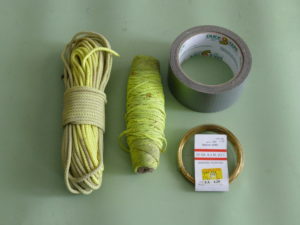
Each of these pieces of wilderness survival equipment are also “a system or classification” of items, to me.
For instance, my rope bag, includes rope, string, wire, and Duct Tape.
I use rope to build and anchor my shelter, wire for repairs and snares, and a roll of Duct Tape can hold the planet together.
Duct Tape can even fix a broken heart?!
5. A Cooking Pot and a Water Bottle

In the beginning, I carried an army canteen nestled into a stainless steel cup. This was my cooking pot and water bottle, in one neat package.
I borrowed this system from the army. If it was good enough for a soldier, it was good enough for me. I used this system for years. It was attached on the left side of my army surplus harness.
Today, I carry a titanium pot that nestles my 1-liter Nalgene water bottle.
To this I add my SnowPeak Gigapower Stove. Weighing in at 90 grams and capable of boiling my water in a flash, these 90 grams are an easy carry. A spare, very small Bic lighter fits into the small plastic box that houses my stove.
A plastic spoon completes this category. Done and done!
The only reason I switched to the titanium pot is because of the water bottle. My Army canteen is an older model, tough and bombproof, no issues there, but I can’t see the inside after I’ve cleaned it.
My Nalgene bottle, is a see-through model and is easy to clean. It is also compatible with my MSR MiniWorks EX Microfilter Water Filter.
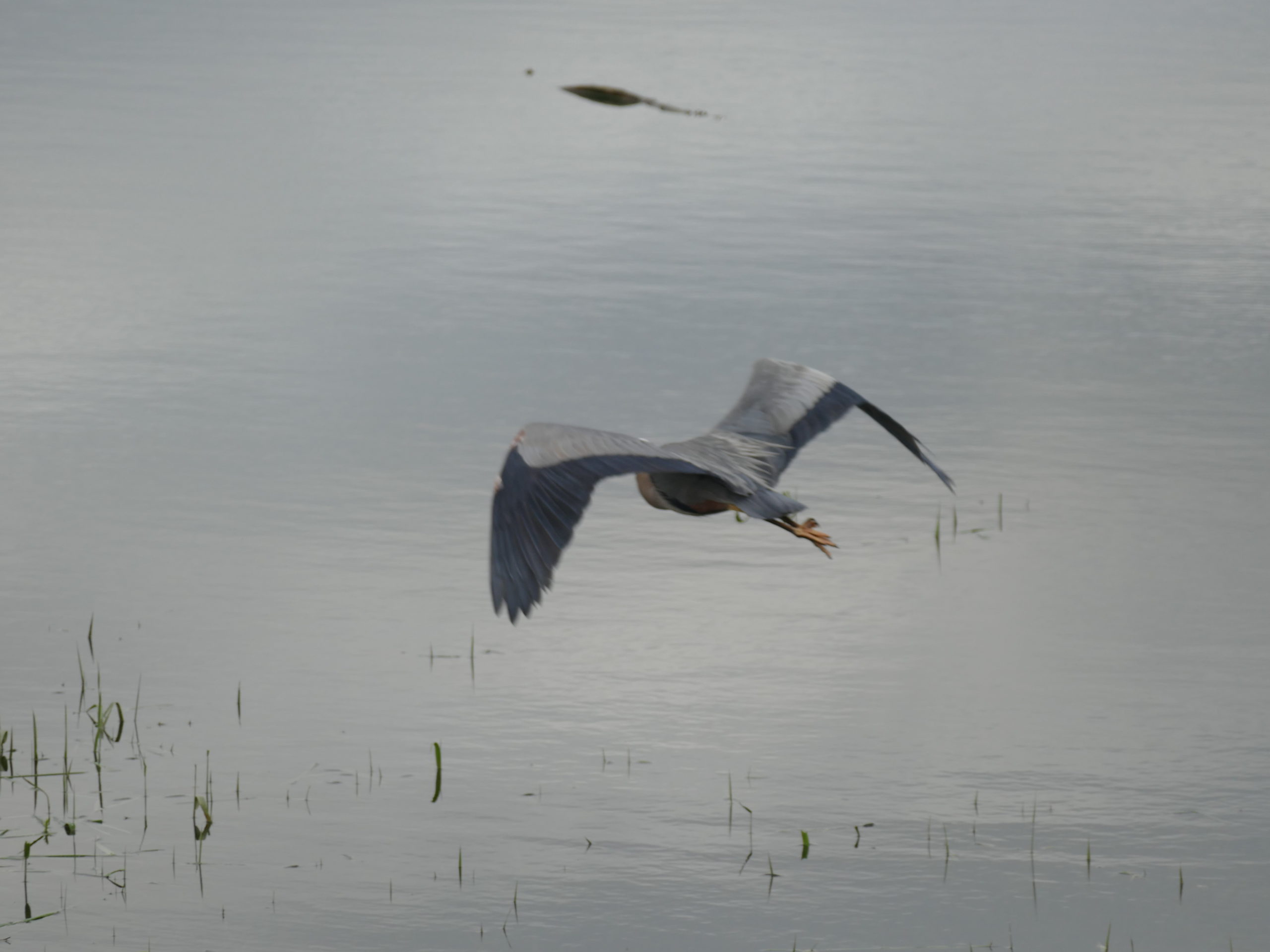
6. A Headlamp
In my youth a carried a small Maglite flashlight. I taped this flashlight to a headband that I could adjust to my head size and whatever I was wearing to stay warm. Practical and slick, and it kept my small Maglite out of my mouth and on my head, leaving my hands free for whatever task I had to perform.
Affordable headlamps soon appeared on the market, and I purchased my first Petzl Tikka Headlamp, in the early 1980s.
Today, I always have 2 headlamps in my survival kit. The headlamps have 2 fresh sets of batteries, and I also carry a 3rd set to complete the kit.
Again, very light in weight, and I have lots of backup if I for when I need it.
7. A Compass
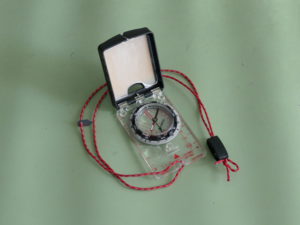
A map and compass are essential when exploring unfamiliar territory.
The compass is an essential piece of wilderness survival equipment. I prefer an orienteering compass because it is the most useful for me.
I find mountain navigation easy because I’m usually climbing up from a valley, going down the mountain, or travelling along the side of a mountain. This makes it easy to orientate myself and know where I am most of the time.
If I can offer you a practical suggestion for navigating in the wilderness, it is this.
- Have a general idea of where you are and where you want to go
- travel slowly, less chance of getting hurt
- look up, look down, look to your left and look to your right
- look ahead and look behind you
- be aware of your environment
- stop often, and look around, learn to train your eyes to recognize things that are out of place
- unless you’re racing, … slow down and enjoy your surroundings
8. A First Aid Kit
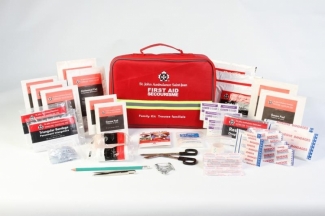
A small well-supplied First Aid Kit is a must to have when you or someone in your party gets hurt. There’s no point having first aid supplies, if you don’t how to use them, or if you leave them at home, or in your vehicle.
I’m a big fan of First Aid Training. I have taken the St.John Ambulance courses on 2 occasions, and from these courses, I have learned to better appreciate their importance as a necessary wilderness skill.
This does not make me a medical doctor, but it helps me recognize and treat people when required.
I tell my close friends that my best skills revolve around Duct Tape and rebar wire. They laugh at this, because they’ve never been under my medical care. It helps them stay safe so I don’t have to administer my services to them.
Adding to the above, there is no need to carry “the hospital” in your backpack, just the basics and know how to use your kit.
The ABCs of First Aid are the first things to check when you approach a victim. Before you administer CPR, check the ABCs.
Special Note! Make sure the area is safe for you to enter, … you cannot help anyone when YOU are hurt.
Be especially careful around downed power lines.
The ABCs
- A … Airway, … ensure that the airway is clear
- B … Breathing, … check to see if the patient is breathing
- C … Circulation, … check for proper circulation, check the pulse, and observe the color and temperature of the hands and fingers
This is NOT a First Aid course, and I am NOT a medical practitioner.
Get Trained, so you can help someone in need of assistance.
One day it may even be a member of your immediate family!
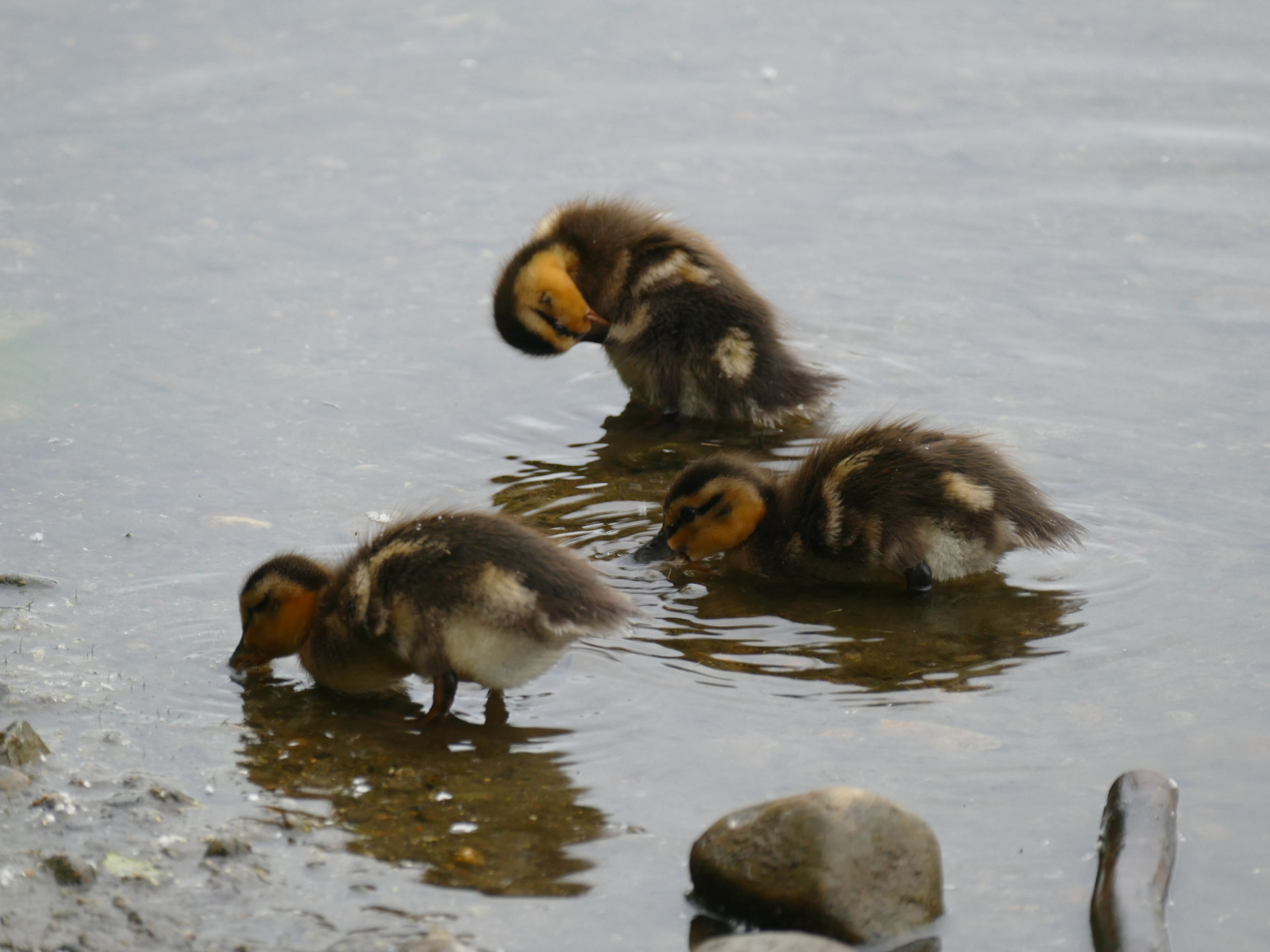
9. Small Tools and Things
This is a small see-pouch that I fill with useful things.
My biggest consideration here is weight. I have found this very useful over the years, and I have added and subtracted things from it as I saw fit.
Examples of these tools and things are listed below. I list them in no particular order of use and value.
- a whistle
- a heavy sewing needle
- a few small and large zap straps
- a ferrocerium rod
- survey tape if you need to mark your trail
- lip balm
- you get the idea …
- this list will grow and vary as you gain experience
- remember that you have to carry it
10. A Backpack to Carry it All
All this gear needs a bag to carry it. There are thousands of bags on the market,and as long as your bag is built strong and tough, it can be used, there is no need to get a new today. Get out in the wild and gain some experience. With time, you’ll be better able to recognize what works for you, in your neck of the woods.
Life happens, so be prepared.
Here a few tips to help you enjoy your experience in fun and safety.
- research the area before you go
- get a topographical map of the area so that you know what to expect
- dress for the season
- carry extra clothing
- don’t wait until you get lost to build a survival kit
- all of this fits into a 25-liter backpack and weighs less than 10 pounds
- a small weight to carry for your survival
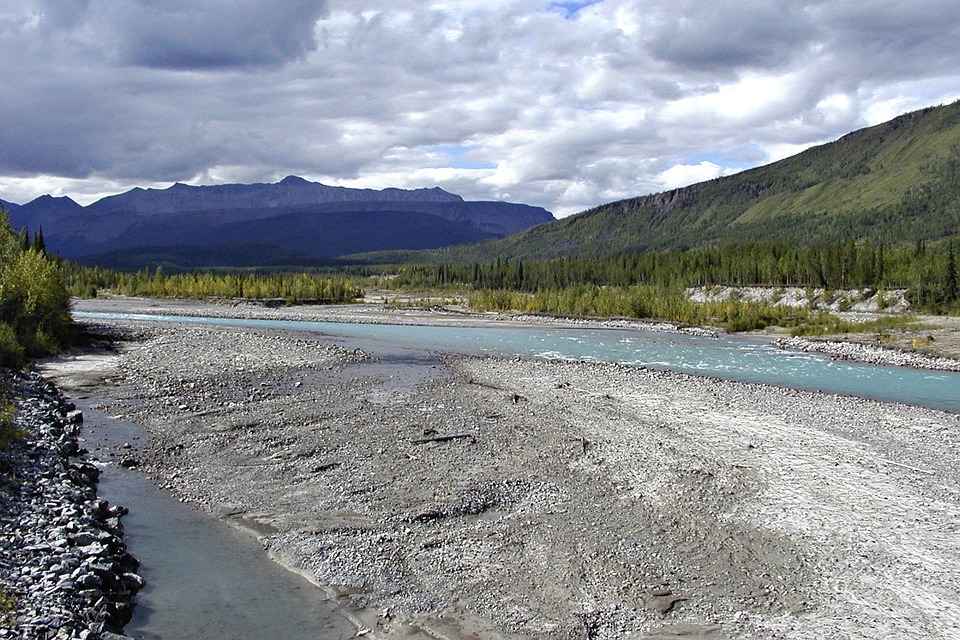
Closing Thoughts
I would love to hear about your wilderness survival equipment.
What you carry and why? You can Contact Me here.
Stay safe and Rewild!

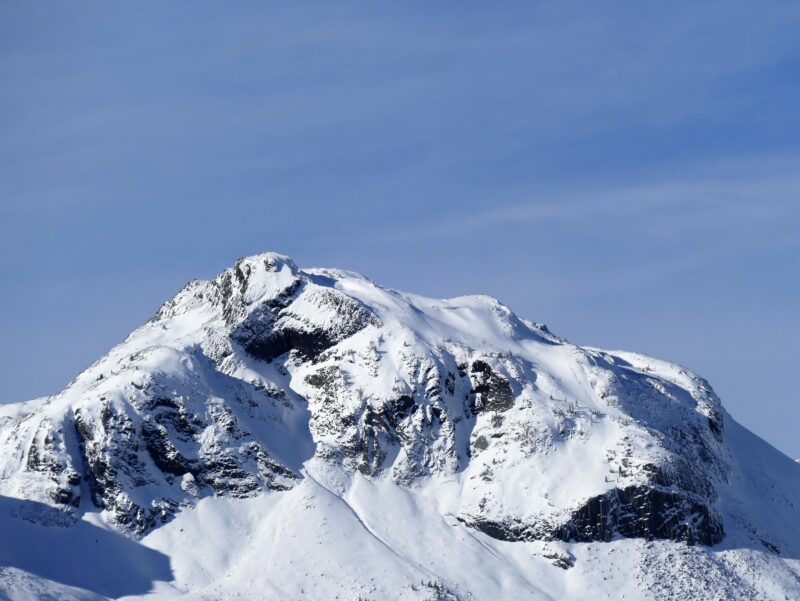
Hello Paul, Thank you for finding 10 Essentials for Wilderness Survival. I found all thing are needed as discussed by you in the post. While travelling we need a backpack and it will be helpful during our wilderness survival. I will add a first add kit in my tools now. I also add a Cooking Pot and a Water Bottle. You are doing an awesome work. Thank you
Parveen
I’m pleased that you enjoy the outdoors as well, Parveen.
A First Aid Kit and a Water Bottle are 2 very important items to have with you at all times.
Paul
Hello Paul, I must say that this article is very helpful and informative. I already was in the wilderness 2 years ago unprepared, it was so exciting yet I was scared. You definitely described everything and I will immediately print this page and have it in my diary. Just like you said, we need to be prepared.
Hi Danijel. Thanks for reading my post. Being prepared is always a good strategy.
I’m pleased to hear that you enjoy the wild spaces as well.
Gather these supplies. You have a backpack to put them in. Enjoy.
Paul
Hi there and thanks for a great read!
We’re avid hikers at my house but I must say I need to get more organised when it comes to packing the essentials. I think I need to have a hiking backpack which just stays packed and contains all the non-food items like knives, rope etc. We’re in Australia and the last hike we took was to the Grampians. Half way there, I realised that I didn’t have water bottles so we had to stop off and buy them. Then, half way through our hike when we needed a knife to cut some bark off my son’s foot, we realised we didn’t have a knife.
Hiking is an educational and inexpensive experience for families, Marketa.
You have many of these supplies around the house, so just throw them in a backpack and leave them in there.
Keep this backpack in a designated place.
When you go on your next hike you’ll be organized and ready.
Print this post and keep it in your backpack.
It’s a good idea to carry a small notebook and pencil or pen as well. Writing a few notes on things you forgot is especially useful when managing a family hike.
Another tip is to get one of the kids or Dad to carry the pack so you can enjoy the hike and come home well rested.
Paul